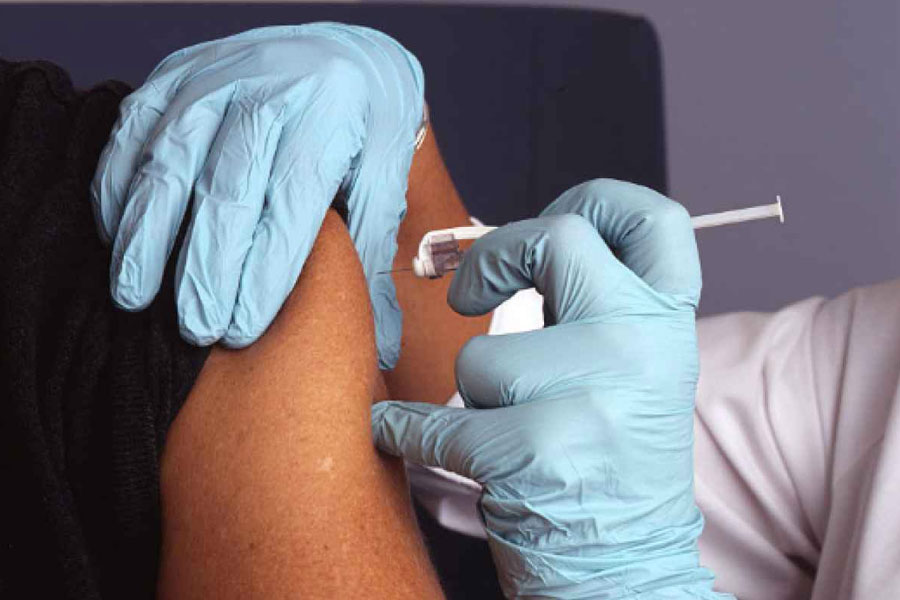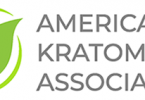By Danielle Prieur
Treating drug addiction with a vaccine might become a solution to combat prescription drug and heroin addiction and the rapid rise in overdose deaths.
A vaccine, which has undergone tests in animal subjects so far, holds promise, said Dr. William Compton, deputy director of the National Institute on Drug Abuse. The vaccine would “produce an antibody response which would latch onto the drug of use…and because they’re large molecules they will not be able to cross the blood-brain barrier.”
Compton focused on the prescription drug and heroin addiction epidemic at a panel on the “Neuroscience Clues to the Chemistry of Mood Disorders and Addictions” on Saturday. He said the vaccine might be our best solution, speaking at the American Association for the Advancement of Science conference in Washington D.C.
He estimated there are 200 million prescriptions written for opioids a year in the United States. Usually prescribed for pain, many remain unused and get in the hands of family and friends.
As prescription drugs are chemically similar to heroin, if a patient becomes addicted to prescription drugs, heroin is a logical next step on the journey to addiction. In 2014, more than 50,000 Americans died of drug overdoses, including 19,000 who died of prescription drug overdoses and 10,000 who died of heroin overdose. The remaining overdoses were due to other commonly abused drugs.
National Overdose Death Rates, Number of Deaths from Prescription Drugs

National Overdose Death Rates, Number of Deaths from Heroin

“This has had a population impact. There is [decreased] longevity for non-Hispanic whites who are middle-aged,” said Compton.
“Science can help in many ways,” he said.
If drugs can’t cross from the circulatory system into the brain through the blood-brain barrier, Compton said the “intoxication reinforcement” would be halted. If addicts can’t get “high” from drugs, they are less likely to abuse them.
Compton used an “empty wallet” analogy to describe how this vaccine would allow addicts to “spend” on drugs, but not get the payback of a “high.”
Compton said this vaccine would be part of a three-part strategy aimed at combatting the drug addiction epidemic which includes: helping addicts, reversing drug overdoses, and preventing addiction.
Illustration of Anti-Drug Vaccine from NIDA
Along with vaccines, Compton said that the NIH is working on a buprenorphine implant that can also help addicts combat their addiction.
The implant would be inserted under the skin, like several birth control products said Compton, and would allow for a steady dose of opioid replacement drugs like buprenorphine for six months.
“It would be very small, minimally invasive and would last six months,” said Compton. “As a clinician, that sounds marvelous to me. Every day [my patients] have to decide ‘today am I going to stay healthy or am I going to go back into my drug using pathway?”
He said the implant can make the decision for them for at least six months to help them kick addiction.
Scientific solutions to reverse overdose include naloxone, available since the 1970s and now in use by police and first responders. Compton said the NIH has announced a naloxone nasal spray, but scientific solutions to prevent addiction are crucial.
Most heroin addiction begins with prescription drug or opioid addictions prescribed for pain, he said. If less addictive non-opioid alternatives were invented to treat pain, fewer patients might become addicted in the first place. One of these alternatives involves transmitting constant, low current to the brain through a series of electrodes attached to the scalp.
“Transcranial brain stimulation [might] change the perception of pain just as opioids,” said Compton. “Maybe we can do it in less problematic ways.”
Whether science can solve the United State’s drug addiction epidemic, which saw death rates from prescription drug and heroin overdose quadruple over the past 15 years, Dr. Michel Kazatchkine, who is a member of the global commission on drugs policy with the United Nations, said that polices and society must work on the problem as well.
“We are all working under the international drug control that is based on international United Nations conventions and these conventions aim at the health and welfare of mankind. However, the way drugs are understood or perceived in the public opinion, the way people who use drugs are dealt is far from actually going in direction of achieving these goals.”
Kazatchkine said that these problems will be addressed when the UN General Assembly Special Session on Drugs convenes for the first time since 1998, in three months time to discuss international solutions to drug addiction.
Photo at top: Prescription drugs are the cause of America’s drug addiction epidemic, according to Dr. William Compton with the National Institute on Drug Abuse. Photo courtesy of Stephen Bowler.






